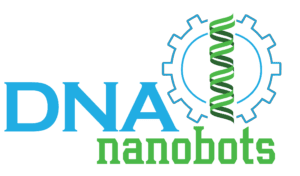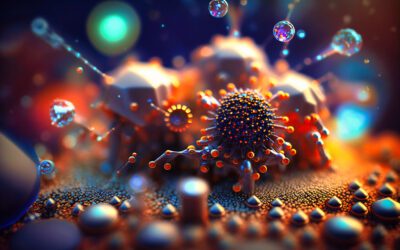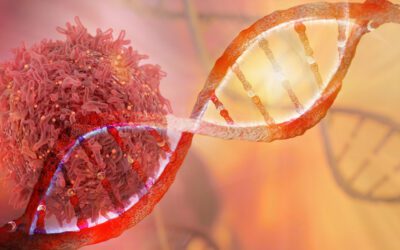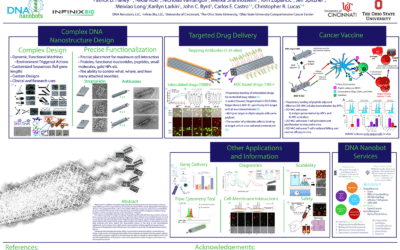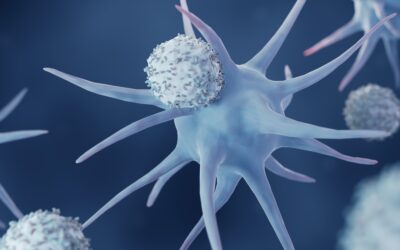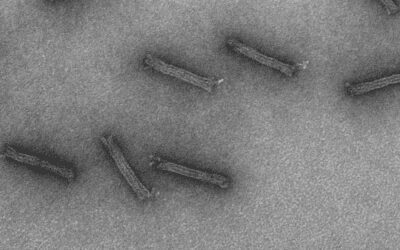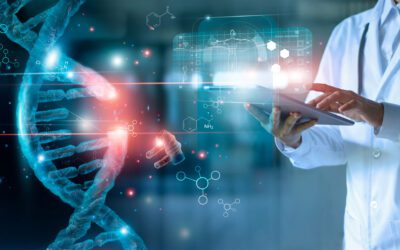Changing the way we deliver therapeutics
Insights
Below you’ll find insights into DNA nanotechnology and the biotech space. We will feature lay-reviews of recent scientific papers in addition to our own opinions and thoughts on the field as a whole. We’ll add information on recent trends in Gene Therapy, Immunotherapy, Drug Delivery, Diagnostics, and Industry Insights. Including the intricacies of DNA Origami Nanostructures, shaping the next phase of biotechnology. Stay informed and enlightened as we unravel the boundless potential of precision medicine in modern healthcare.
The Current State of Drug Delivery Using Nanotechnology: A Case for DNA Nanobots
The Current State of Drug Delivery Using Nanotechnology: A Case for DNA Nanobots In recent years, nanotechnology has seen extensive applications across multiple disciplines, but its most transformative potential lies arguably in the realm of medicine—specifically in...
Introduction to DNA Nanobots: A Beginner’s Guide to What DNA Origami Nanobots Are and How They Can Revolutionize Drug Delivery
Introduction to DNA Origami Nanobots: A Beginner's Guide to What DNA Nanobots Are and How They Can Revolutionize Drug Delivery Advancements in nanotechnology have given rise to a variety of novel applications, not least among them is the field of DNA origami nanobots....
2023 – AACR Poster
DNA Nanobots for Vaccine Delivery
by Christopher R. Lucas, PhD March 29, 2023 Vaccination against tumor antigens is a promising strategy for both cancer prevention and safe treatment, mediated through antigen presenting cells (APCs) and T cell immunity. However, many cancers induce immunosuppression,...
DNA Nanobots for Targeted Chemotherapy Delivery
by Christopher R. Lucas, PhD 4-20-2023 Targeted therapy using Nanoparticle liposome-based strategies to maximize therapeutic efficacy and minimize toxic side effects is an active area of cancer research. Liposome nanoparticles sustain drug delivery and release,...
DNA Nanobots for Gene Delivery
By: Christopher R. Lucas, PhD 3-22-2023 The ability to deliver genes to the nucleus of diseased patient cells, either to replace mutated genes or add missing ones to ultimately restore healthy, normal cell function has the potential to revolutionize genetic disease...
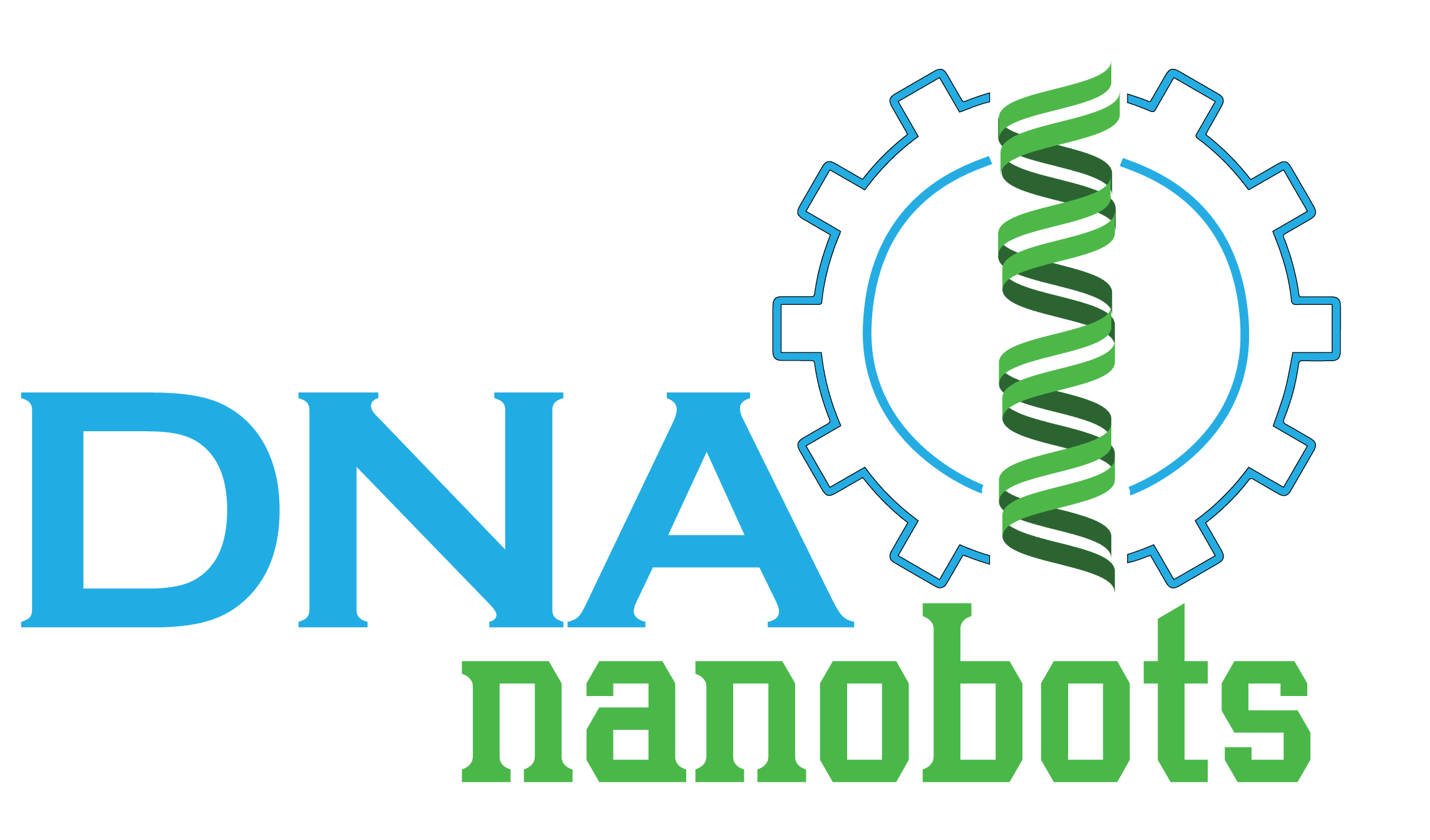
let’s get connected
Have a Question?
Reach Out Anytime.
